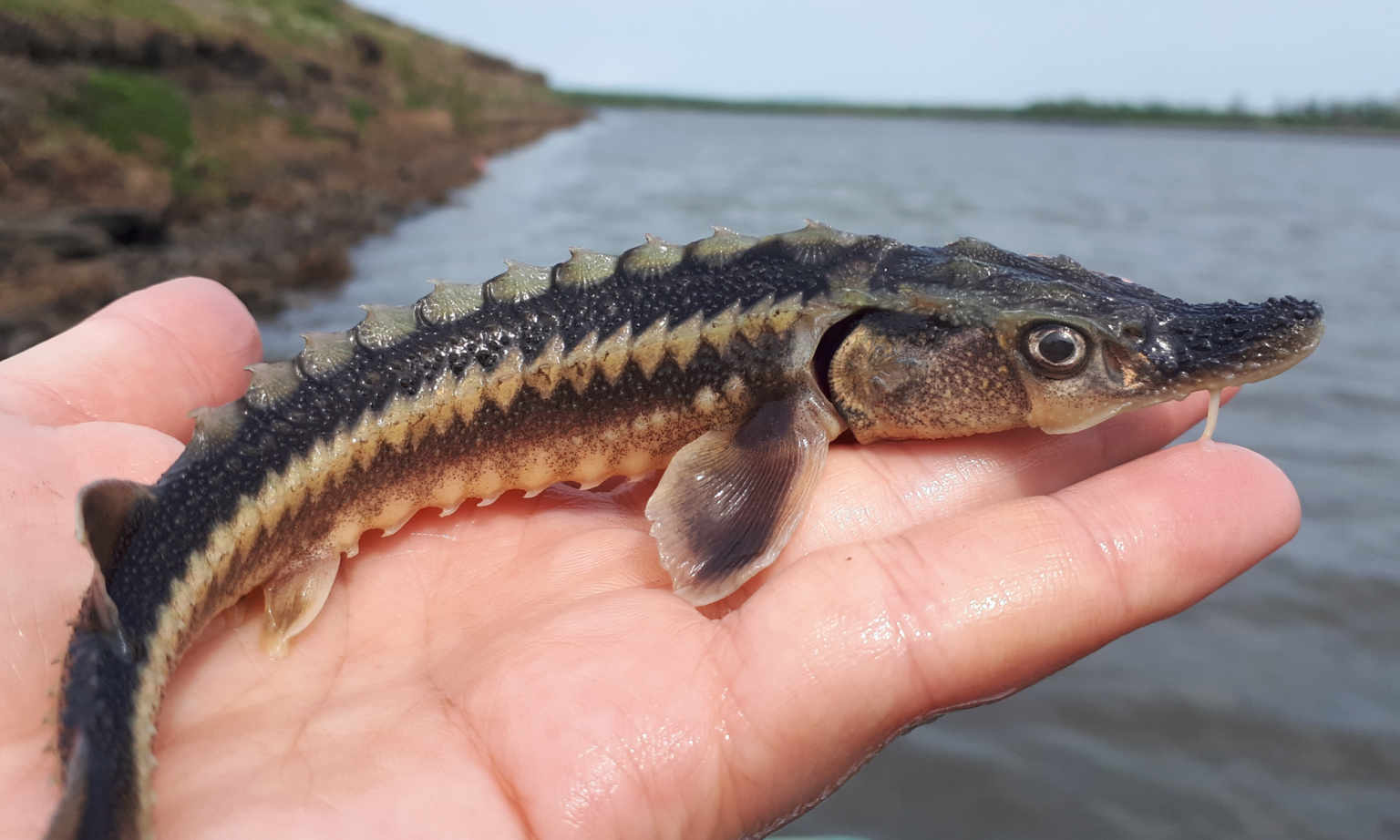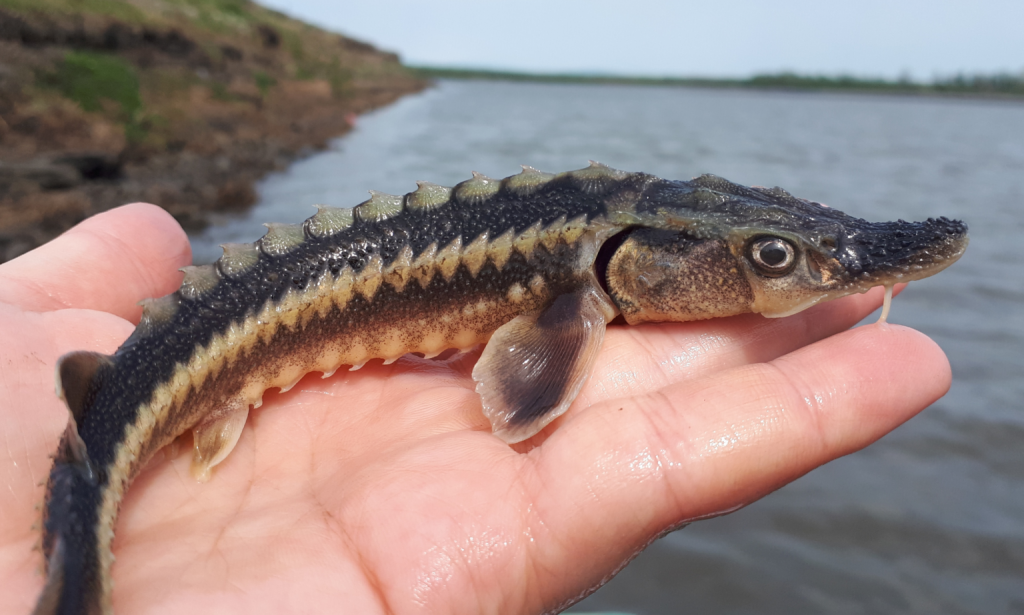
Today the World Heritage Committee inscribed the Colchic Rainforests and Wetlands, Georgia, on the World Heritage List as a unique ecosystem hosting outstanding biodiversity.
The Decision states that the Colchic Rainforests and Wetlands are relict forests, which have survived the glacial cycles of the ice age. The peatlands of the Colchis mire region, which are closely interlinked with lowland Colchic rainforests, also reflect the mild and extremely humid conditions there. These allow for the existence of percolation bogs, the simplest functional type of mires, only occurring in the Colchis mire region.
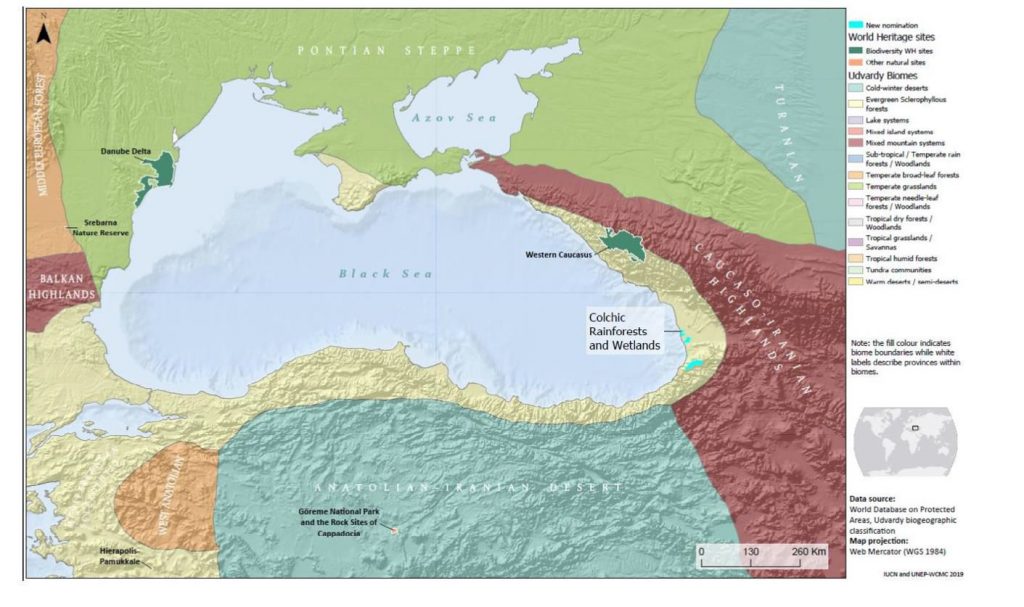
The property represents a distinctive area of outstanding biodiversity within the wider Caucasus Global Biodiversity Hotspot, and is characterized by a high level of floral and faunal diversity with significant numbers of globally threatened species and relict species, which survived the glacial cycles of the Tertiary. Forty-four globally threatened or near-threatened species of vascular plants, 50 of vertebrates, and 8 of invertebrates have been recorded in the Colchic Rainforests and Wetlands. The property also harbors sturgeon species, including the Colchic Sturgeon, and serves as a key stopover for many globally threatened birds that migrate through the Batumi bottleneck.
In its Decision the World Heritage Committee says that there is a scope for the protected areas to be expanded further, based on strategic conservation planning using Key Biodiversity Areas, which may provide an additional layer of protection to the property, and possibly allow for future extensions to both the property and buffer zones to be considered. It commends the State Party for its commitment to expand the buffer zones of the property and to consider further enhancement of the conservation of the property by potentially adding additional areas, especially to protect critically endangered sturgeon through plans for a new protected area adjacent to the property;
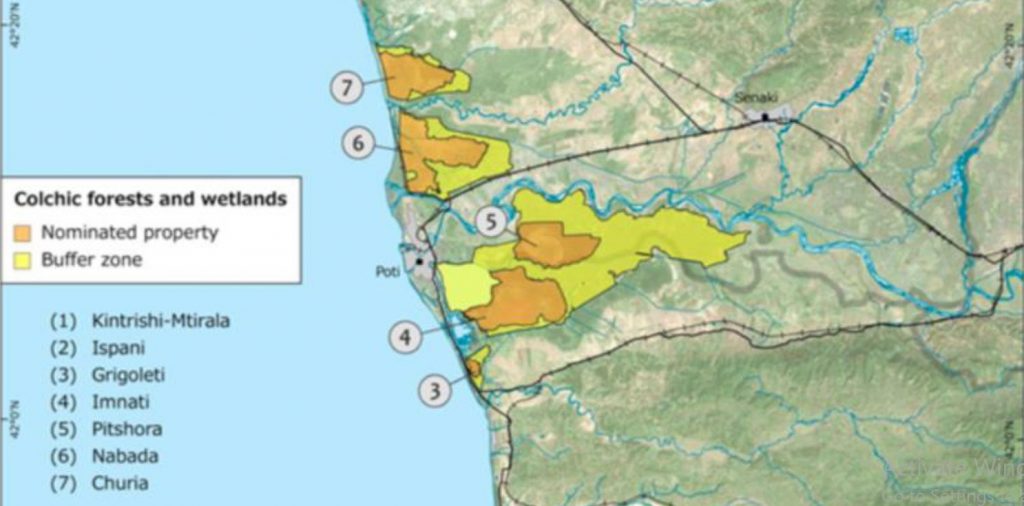
Right after inscription the RwB Coordinator Eugene Simonov delivered the following intervention:
The Rivers without Boundaries Coalition congratulates Georgia and the Committee for protection of ancient wetlands and forests at the lower reaches of unique and biodiverse Rioni River, the last river hosting populations of six endangered species of sturgeon[1][2] and recognized as international Key Biodiversity Area[3].
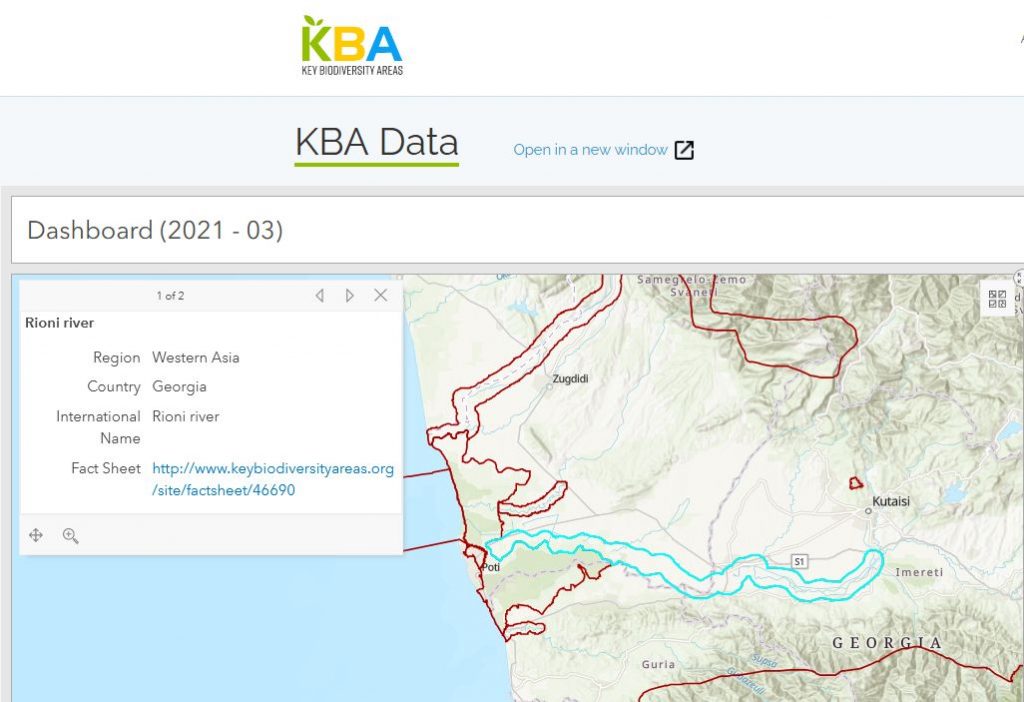
The spatial design of the property, although justified from the management standpoint, is still clearly missing the Rioni River itself, which is flowing unprotected in between disconnected pieces of the World Heritage property. A gap between protected areas in place of a major river, is a common flaw in world heritage site design, also found at the Three Parallel Rivers of Yunnan or Lena Pillars World Heritage sites.
It should not become a missed opportunity to protect the outstanding universal value. From all natural features found in the area the Rioni River Ecosystem and species require most immediate protection from existing and planned dams, sand and gravel mining, industrial development and poaching[4].
We welcome plans of the State Party to include the Rioni River into the Kolkheti National Park. We also call for urgent readjustment of existing dams and planned Namakhvani hydropower cascade to safeguard and enhance conditions for sturgeon spawning and natural flood pulse.
We hope this does not happen too late to rescue unique freshwater biodiversity.
Thank you for your attention!
[1] PAN-EUROPEAN ACTION PLAN FOR STURGEONS. Bern Convention 2018 https://rm.coe.int/pan-european-action-plan-for-sturgeons/16808e84f3
[2] https://www.fauna-flora.org/news/sturgeon-sensation-dramatic-double-discovery-fish-brink-extinction AND https://www.fauna-flora.org/news/neglected-species-sturgeon-brink
[3] http://www.keybiodiversityareas.org/site/factsheet/46690
[4] NatGeo: Critically endangered sturgeons threatened by proposed dams in Caucasus https://www.nationalgeographic.com/animals/article/dams-threaten-last-sturgeon-spawning-grounds-rioni-river-georgia

